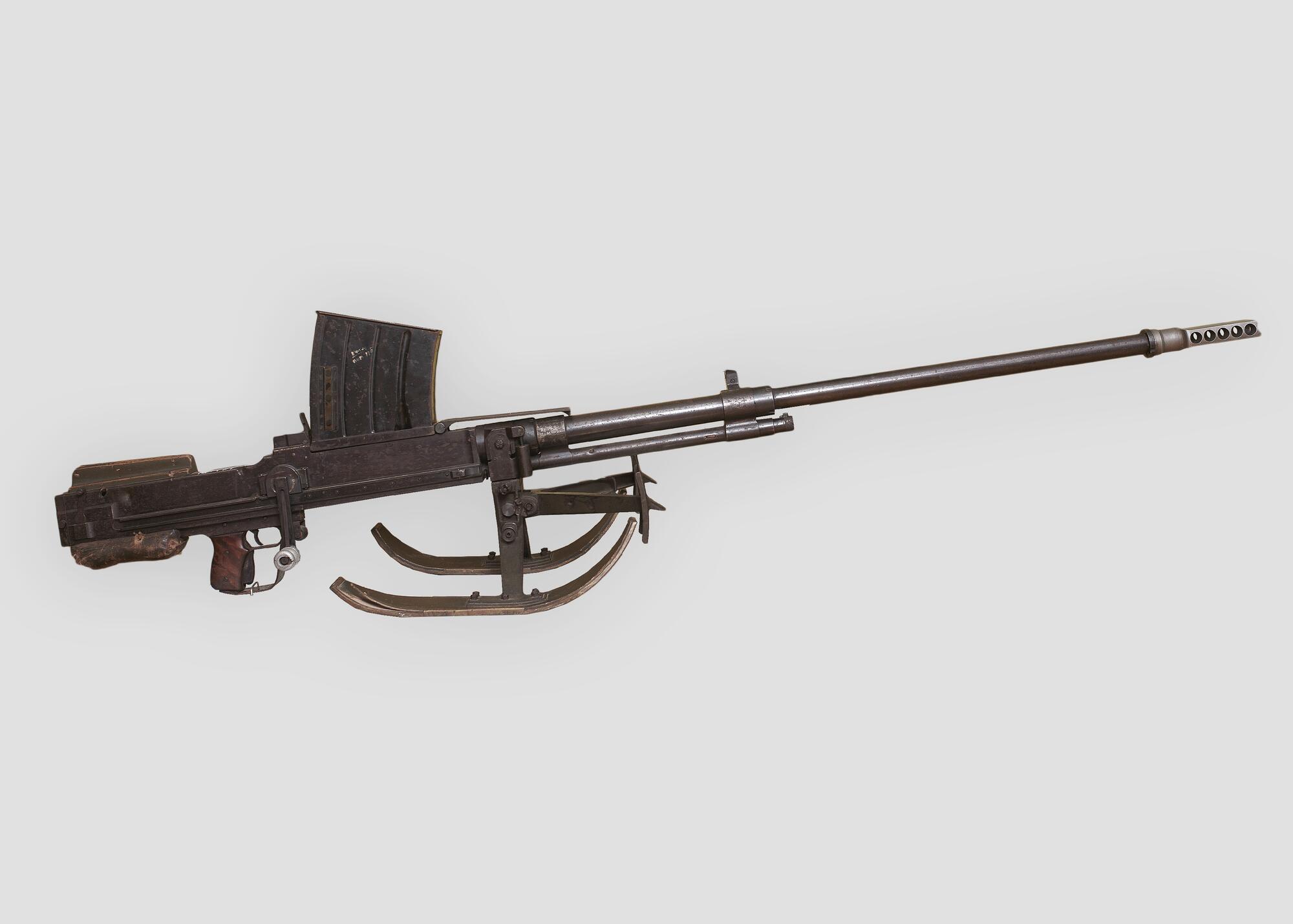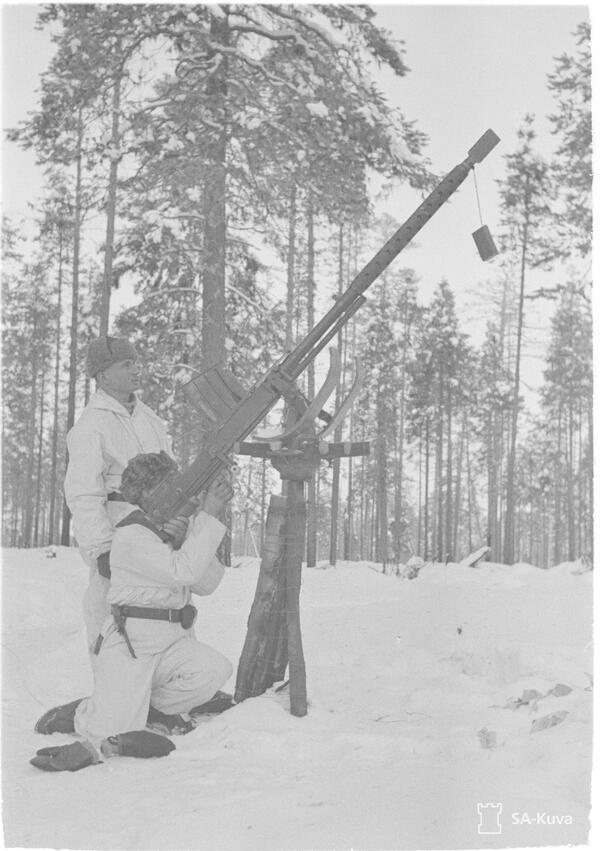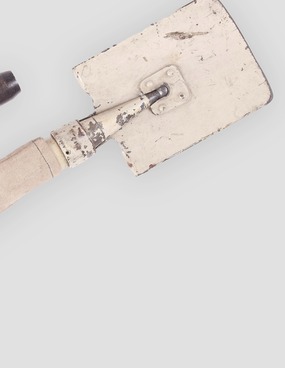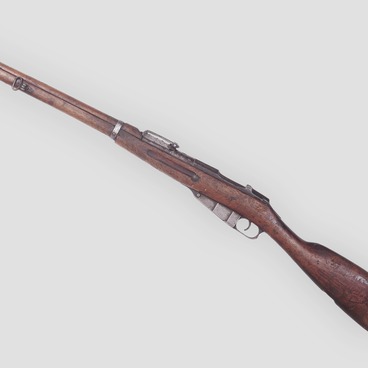The Lahti L-39 was a Finnish anti-tank rifle used by the Finnish Army during the Soviet-Finnish War and later during World War II. The weapon was put into service in 1939. In total, about 1,900 units were produced. The main advantage of the Lahti L-39 was its high accuracy and versatility.
The Lahti L-39 used the German 20×138 cartridge, also known as Lang Solothurn (“Long Solothurn”), which at that time was the most widely used cartridge. Despite the relatively small initial velocity of the armor-piercing bullet (900 m/s), it penetrated armor 30 millimeters thick from a distance of 100 meters. In other words, it could pierce the armor of any Soviet light tank of that time, like the T-26, BT-2 and BT-5. A special bipod with skids was developed for the gun, which, despite the large mass of the gun itself (together with the bipod it weighed almost 53 kilograms), made the crew very mobile, especially in winter conditions — in the snow, the gun could simply be towed by just one person. This bipod was also intended for more accurate shooting.
This system was versatile and was used in a variety of scenarios. From the first days of the war, the Finnish army used this gun not only to fight armored vehicles but also motor transport and equipped sabotage groups with it. Moreover, this anti-tank rifle was often used for counter-sniper shooting or as a large-caliber sniper rifle, which was facilitated by the high bullet speed, a firing range inaccessible to regular rifles, and good accuracy. The gun also had a detachable sniper scope. In addition to the standard armor-piercing rounds, the gun could also fire a high-explosive version of these rounds, which made it even more deadly — upon contact with a solid object, the bullet exploded and shattered into fragments, ensuring the termination of the target. Such ammunition was well suited for air defense situations, so the Lahti L-39 was often used as a light anti-aircraft gun, and in 1944, the L-39/44 anti-aircraft automatic system was created on its basis.
The exhibit was transferred to the Karelo-Finnish State Museum from the warehouses of the Belomorsk Military District in 1946.
The Lahti L-39 used the German 20×138 cartridge, also known as Lang Solothurn (“Long Solothurn”), which at that time was the most widely used cartridge. Despite the relatively small initial velocity of the armor-piercing bullet (900 m/s), it penetrated armor 30 millimeters thick from a distance of 100 meters. In other words, it could pierce the armor of any Soviet light tank of that time, like the T-26, BT-2 and BT-5. A special bipod with skids was developed for the gun, which, despite the large mass of the gun itself (together with the bipod it weighed almost 53 kilograms), made the crew very mobile, especially in winter conditions — in the snow, the gun could simply be towed by just one person. This bipod was also intended for more accurate shooting.
This system was versatile and was used in a variety of scenarios. From the first days of the war, the Finnish army used this gun not only to fight armored vehicles but also motor transport and equipped sabotage groups with it. Moreover, this anti-tank rifle was often used for counter-sniper shooting or as a large-caliber sniper rifle, which was facilitated by the high bullet speed, a firing range inaccessible to regular rifles, and good accuracy. The gun also had a detachable sniper scope. In addition to the standard armor-piercing rounds, the gun could also fire a high-explosive version of these rounds, which made it even more deadly — upon contact with a solid object, the bullet exploded and shattered into fragments, ensuring the termination of the target. Such ammunition was well suited for air defense situations, so the Lahti L-39 was often used as a light anti-aircraft gun, and in 1944, the L-39/44 anti-aircraft automatic system was created on its basis.
The exhibit was transferred to the Karelo-Finnish State Museum from the warehouses of the Belomorsk Military District in 1946.



